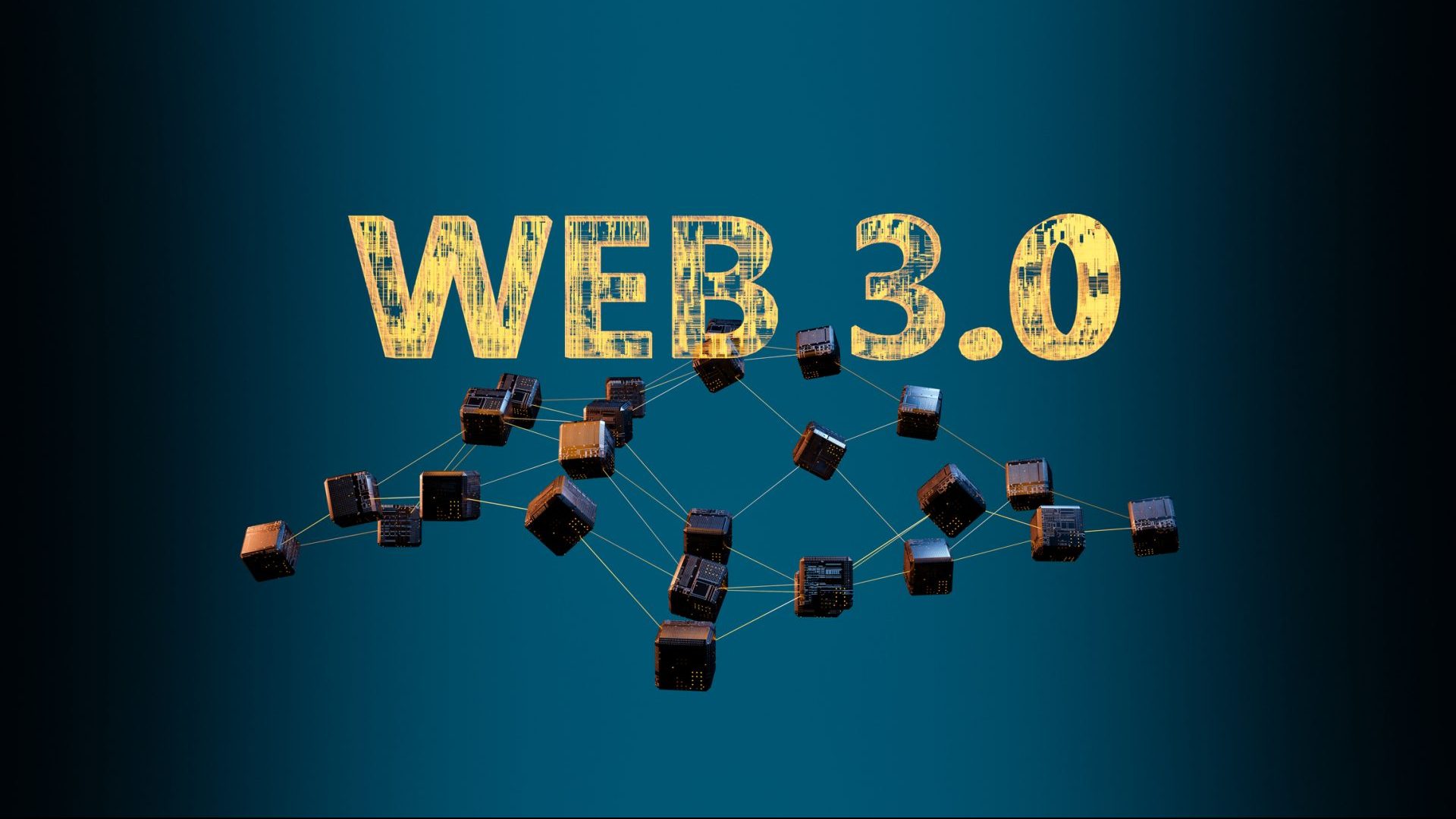Decentralized Finance: Revolutionizing the Financial Sector with Web3
In recent years, decentralized finance (DeFi) has emerged as a transformative force in the financial sector, leveraging the capabilities of Web3 technologies to redefine traditional finance.
Utilizing Web3 technology, DeFi is dismantling barriers, empowering individuals, and reshaping how we transact, borrow, lend, and invest.
Decentralized networks are supplanting traditional intermediaries, ushering in unprecedented autonomy, transparency, and accessibility in financial transactions.
This paradigm shift represents a significant departure from conventional financial models, offering a decentralized alternative that is more inclusive, efficient, and resilient to censorship or control by centralized authorities.
This article explores the intersection of DeFi and Web3, shedding light on their revolutionary impact on the financial landscape.
What is the decentralized finance revolution?
DeFi represents a paradigm shift from centralized financial systems to decentralized networks, offering users greater autonomy, transparency, and accessibility.
Unlike traditional finance, which relies on intermediaries such as banks and financial institutions, DeFi operates on blockchain networks, enabling peer-to-peer transactions and smart contract-based automation.
Examples of Decentralized Finance
1# Peer-to-Peer Lending
In traditional finance, borrowing and lending often involve intermediaries like banks or financial institutions. With DeFi, individuals can directly borrow and lend digital assets to each other through decentralized lending platforms.
For example, Alice, who needs a loan, can connect with Bob, who wants to earn interest on his crypto holdings. They can engage in a peer-to-peer lending transaction without the need for a bank or other centralized authority, providing more accessible and affordable financial services to both parties.
2# Decentralized Exchanges (DEXs)
Decentralized exchanges allow users to trade cryptocurrencies directly with each other without the need for a centralized exchange.
For instance, instead of using a traditional exchange like Coinbase or Binance, users can trade their digital assets on platforms like Uniswap or SushiSwap.
DEXs utilize smart contracts for secure transactions, ensuring users maintain control over their funds throughout the trading process.
This democratizes access to cryptocurrency trading, providing a more inclusive and transparent way for individuals to buy, sell, and swap digital assets.
How DeFi is revolutionizing the financial industry?
DeFi presents numerous advantages over traditional finance, including enhanced financial inclusion, transparency, and security. By removing intermediaries and enabling direct interaction between users, DeFi platforms facilitate greater access to financial services for underserved populations.
Additionally, the transparent and immutable nature of blockchain technology enhances security and trust in financial transactions.
Key Components of Decentralized Finance
Several key components underpin the DeFi ecosystem, including decentralized exchanges (DEXs), decentralized lending and borrowing protocols, automated market makers (AMMs), and yield farming mechanisms.
These components enable decentralized trading, lending, borrowing, and interest earnings on cryptocurrency holdings without intermediaries.
Challenges and Risks
Despite its revolutionary potential, DeFi also faces several challenges and risks, including smart contract vulnerabilities, regulatory uncertainty, and user experience hurdles.
The DeFi ecosystem’s young nature renders it vulnerable to security flaws, while regulatory issues threaten its widespread acceptance and scalability.
Real-World Applications of Decentralized Finance
DeFi has already demonstrated its potential to revolutionize various sectors within finance, including decentralized stablecoins, insurance, and decentralized autonomous organizations (DAOs).
Stablecoins provide reliable value transfer and currency hedging, while DeFi insurance platforms offer innovative risk management solutions. DAOs, on the other hand, enable decentralized governance and decision-making.
Investing and Participating in Decentralized Finance
Participating in DeFi requires users to familiarize themselves with key concepts such as wallet setup, security measures, and investment strategies.
Selecting reputable DeFi projects, conducting thorough research, and implementing risk management strategies are essential for navigating the volatile DeFi market and maximizing investment opportunities.
The Future of Decentralized Finance and Web3
Looking ahead, DeFi is poised to continue its exponential growth trajectory, driving further innovation and disruption in the financial sector. As Web3 technologies continue to advance and decentralized networks gain traction, it is anticipated that DeFi will become more crucial in transforming the financial landscape.
Conclusion
Decentralized Finance (DeFi) represents a groundbreaking evolution in the financial sector, fueled by the transformative potential of Web3 technologies. As DeFi continues to revolutionize traditional finance, it holds the promise of greater financial inclusion, transparency, and accessibility for users worldwide, paving the way for a more decentralized and equitable financial future.




